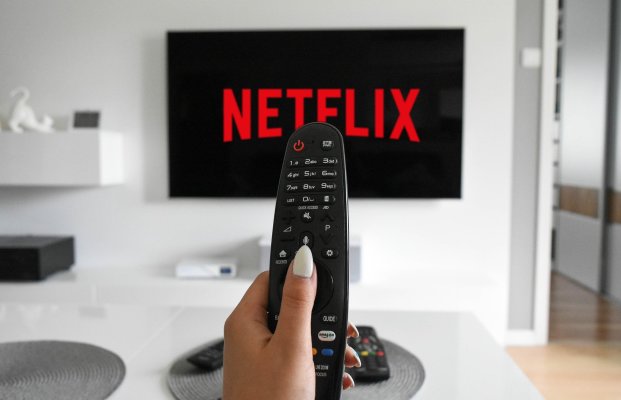DVDs replacing VHS were just the beginning

“Usually the best way to find out if your crazy idea is any good is to just try it. So that’s what we did’, Mark Randolphco-founder and original CEO of Netflix,
That crazy idea was to send a CD in the mail to find out if the concept of a mail-order DVD subscription service was practical. The CD, shipped by USPS in a greeting card envelope, arrived safely the next day. The proof of operating concept for Netflix has been confirmed.
This week, 16 years after its reinvention as a streaming company, Netflix announced that it is discontinuing its mail-order DVDs. But how did it go from shipping that one CD to becoming the juggernaut it is today? Let’s see.
“All I knew was that I wanted to start my own business and sell things on the internet. That was it,” Randolph wrote on Twitter.
Reed Hastings met Marc Randolph when they teamed up at Pure Software after an acquisition. That resulted in them sharing an office and a car ride to and from work each day. Ready for a new challenge, Hastings and Randolph began coordinating ideas for new businesses.
DVDs had only just been invented. When the founders of Netflix started looking for one to try and send it by mail, they couldn’t even find one to buy one.
The ideas were many and varied and included personalized shampoo (!), personalized dog food (!!) and selling vitamins online. All of these products now exist, but at the time the duo rejected them as not viable.
Another idea that wasn’t viable was to take on Blockbuster by shipping VHS tapes, which were too large and bulky to be sent through regular mail, and FedEx would eat something terrible at profit margins. Then something happened: digital versatile discs or DVDs came along. They were much smaller and thinner than their VHS counterparts, and this technological innovation enabled a new form of video rental. Incidentally, once the internet became fast and ubiquitous enough, streaming would also become possible, creating the Netflix we know today, but I’m getting ahead of myself a bit.
Janice has been with businesskinda for 5 years, writing copy for client websites, blog posts, EDMs and other mediums to engage readers and encourage action. By collaborating with clients, our SEO manager and the wider businesskinda team, Janice seeks to understand an audience before creating memorable, persuasive copy.

